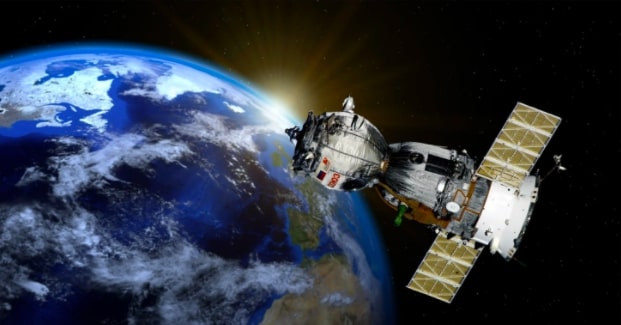NewSpace has created a revolution in space exploration and innovative technologies. Inventive commercial entrepreneurs and businesses entering a domain traditionally run by government institutions to pursue these amazing opportunities, including new services such as space data to more futuristic goals like asteroid mining.
However, while many opportunities in the space sector can benefit humanity, there are also many challenges that researchers, innovators and businesses in the field should also consider.
Technical Challenges
Propulsion system performance is a significant challenge to improve within the space sector. Propulsion capabilities on launch vehicles, for instance, have plateaued and only incremental progress has been made in the last decades (putting aside the extraordinary revolution in rocket reusability, of course). Materials have improved thanks to composites and superior mechanical parts, while design and manufacturing have also improved with innovations like additive manufacturing. Guidance and control systems have also evolved due to advancements in software and electronics. However, besides using more green propellants, there have been no substantial changes in solid or liquid propellant performance or related technologies, which are key to overall launch capabilities. Reusable launchers are being used by a few companies and costs have slowly decreased, but that is partially due to country policies and market forces. True economic access to space is still a work in progress.
In the long run, the challenge to develop new technologies like hypersonic air-breathing rocket engines used in hybrid launchers can cut the amount of oxygen needed to be carried by today’s spacecraft. This affords an opportunity for the industry to continue developing launch vehicles that can take off and land as aircraft without the need for expensive or prolonged service between missions. Likewise, in-space propulsion seeks more opportunities for improvement, especially for Electric propulsion systems.
Propulsion systems are critical to future interplanetary missions, providing faster travel and larger payloads to be delivered. The length of travel is our biggest limitation in crewed exploration of the solar system, which is related to performance due to our current propulsion systems. Companies are currently looking into the best ways to improve the transportation of payloads to deep space destinations.
Human Protection
Space health and medicine are directly related to human space exploration. Humans need to withstand space environments for long periods, and creating artificial habitats in space and other planets need to support the quality of human life. However, the great challenge lies in creating a whole artificial ecosystem that supports physical wellbeing and mental health. Many challenges overlap when considering man-made vessels for space travel or space platforms for human inhabitation and planetary colonies. These hurdles include the necessity for efficient closed-loop systems to renew resources and minimize waste and the goal to create an artificial ecosystem for long-term human life support.
Low-Cost Space Technologies
The marketization of space is evidenced by major growth in the CubeSat market. Space HW is available at low prices to attract a growing customer base. This has also spawned a series of startups and spinoffs. However, the CubeSats systems are very limited due to their size (ex: smaller optics or lower energy collection). This has led to deployable small-packaged structures with the relevant elements that achieve the required level of performance. Sometimes they are used as tests for applications aimed at larger satellites. Other technical issues affect satellites, including the need to achieve high-platform stability, which is critical for space missions to supply accurately-targeted optical payloads (laser communications, high-resolution cameras). The challenge comes from the attempt to minimize micro-vibrations from onboard equipment. The issue is severe for smaller spacecraft since there is less mass. Control of micro-vibrations is very difficult and expensive to properly implement, especially at the lower end of the market, where growth is expected. Overall, CubeSat capabilities are often oversold to an uninformed public and there is more demand for better products while still maintaining affordable hardware.
Challenges and opportunities in the space industry are constantly evolving, with new challenges developing as we further explore the solar system. The solutions to the issues vary, but in time will be developed and provide stepping stones for future technologies and companies that will benefit societies across the world.
Stay tuned for Part II of this series!






